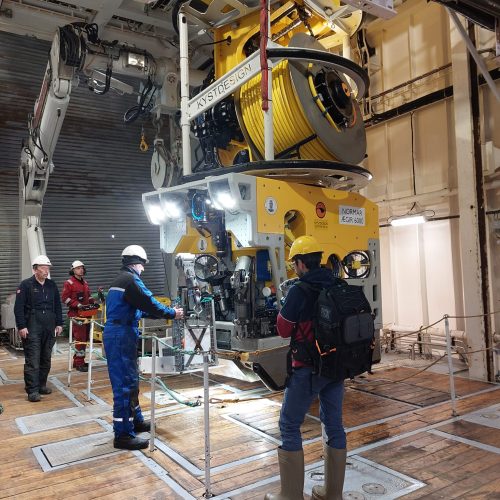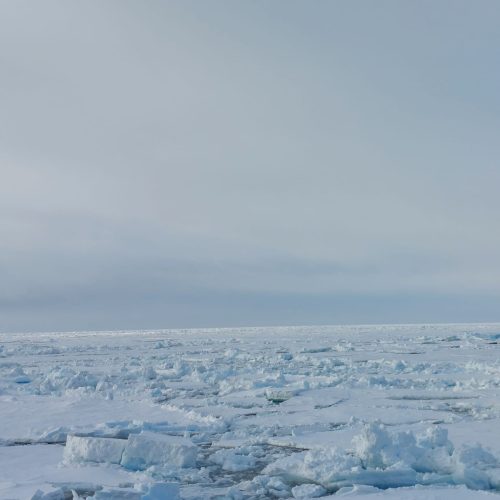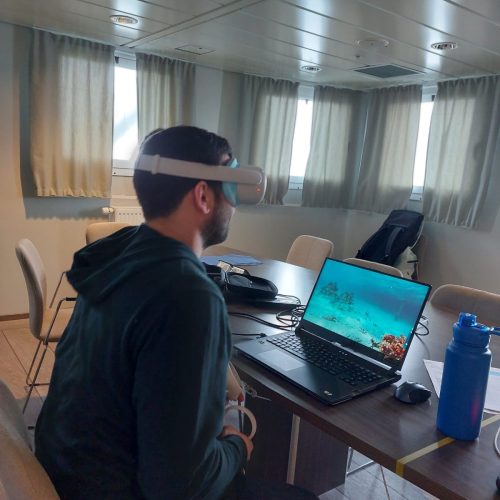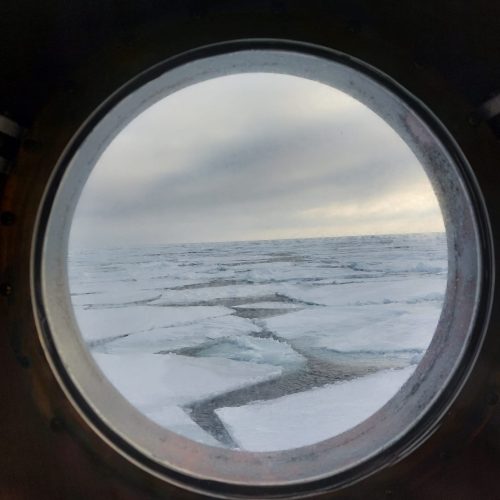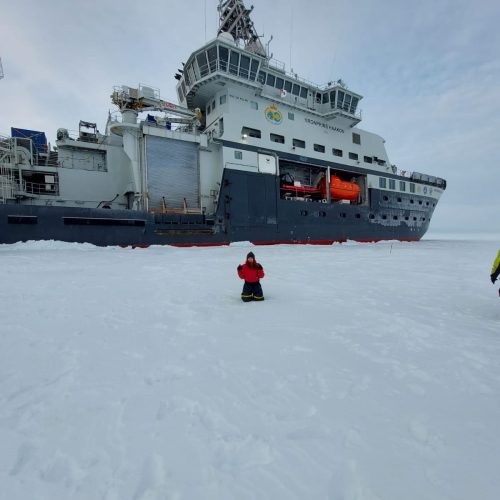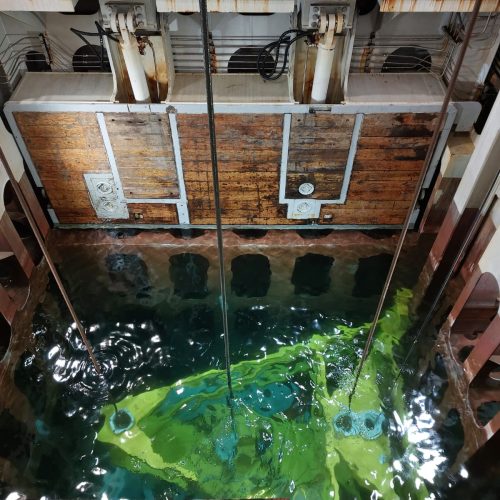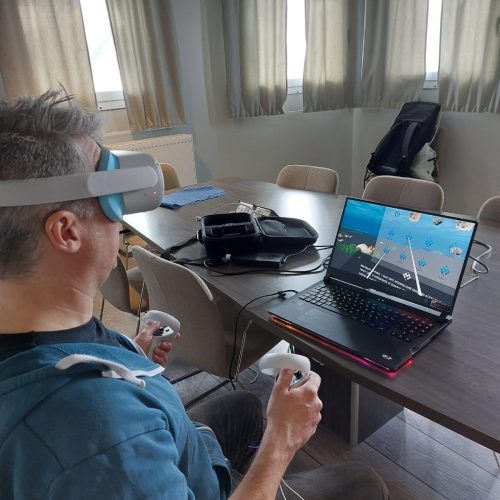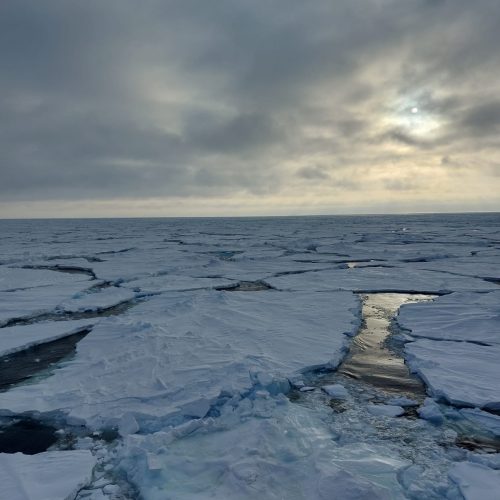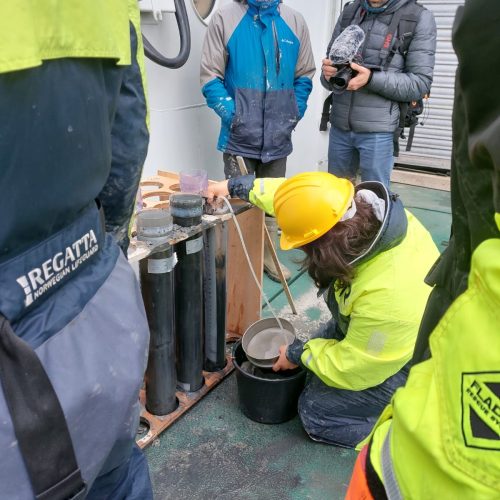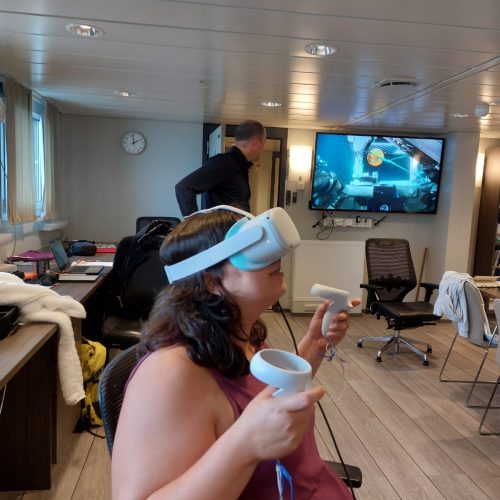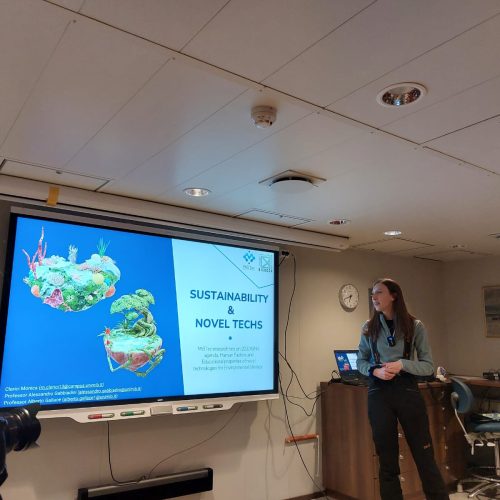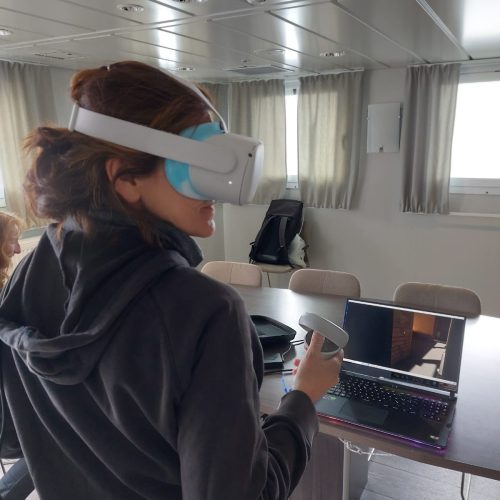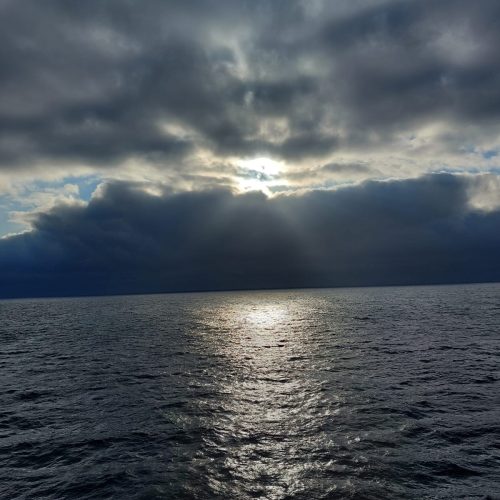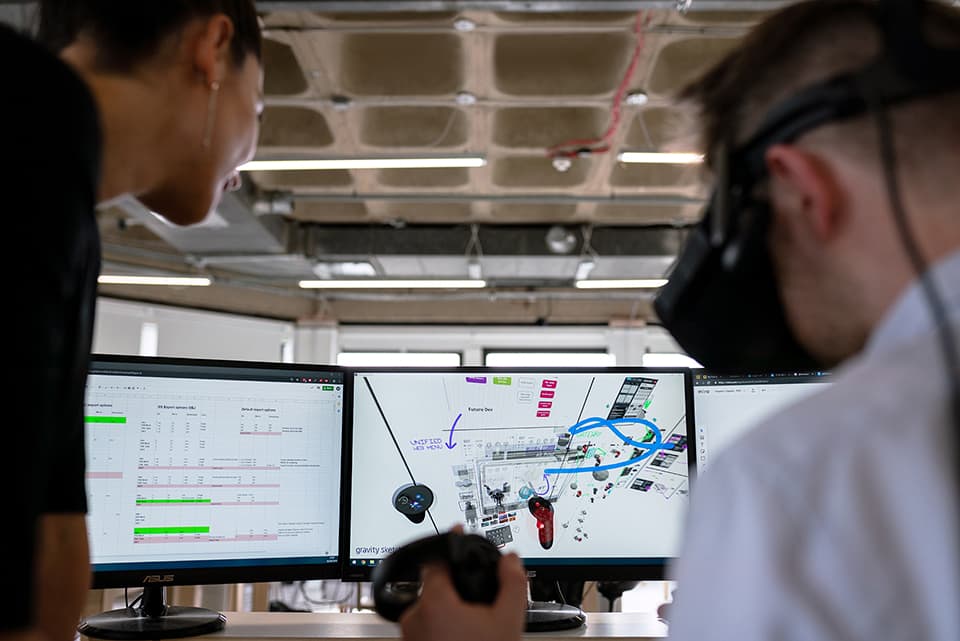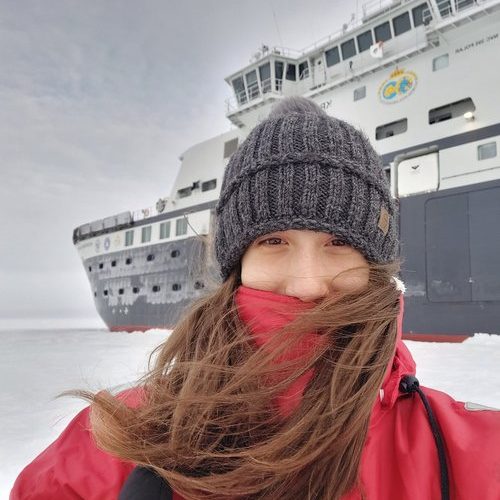
Our PhD student, Dr. Monica Clerici, is in the Arctic Circle these days. But why such a distant destination? And what is the connection between virtual reality technologies and the ice on our planet? Why would a psychologist participate in a geoscience-oriented research expedition to the Arctic?
During her doctoral program, Monica is looking into how immersive virtual reality technologies can bring people closer to sustainability. For this reason, Dr. Clerici was invited to be part of the OceanSenses by AKMA project.
INTPART-AKMA began as a collaborative project between UiT – Arctic University of Norway in Tromsø and the Woods Hole Oceanographic Institute in the United States and has subsequently gathered scientists and educators from around the world, from South America, Central Asia, Africa and Europe.
The goal of the project is to advance collective knowledge about methane activity in the seafloor, seafloor and ocean of Arctic regions, which are particularly vulnerable to the effects of climate change, and methane is a very effective climate-altering gas when it reaches the atmosphere.
During the early stages of her Ph.D., Monica developed and tested multisensory virtual reality applications with the goal of conveying complex scientific concepts to ordinary people. From understanding biodiversity and the importance of corals, to experiencing what environmental scientists do in the field, to feeling the beauty of the ocean, thus fostering connection with nature and pro-environmental behaviors.
Monica, in the brief connections she is able to make with our center, told us that “this trip was framed by the breathtaking experience of being in the middle of the Arctic, seeing the depth of the ocean and the activity on the sea floor, being surrounded by sea ice, and even walking on it! One of the things I am most grateful for is the helpfulness and constant guidance of the scientists who helped us understand everything that was happening on board. Thank you to the AKMA project for hosting me!”
Want to know more? Read the original article on the AKMA Project blog.



